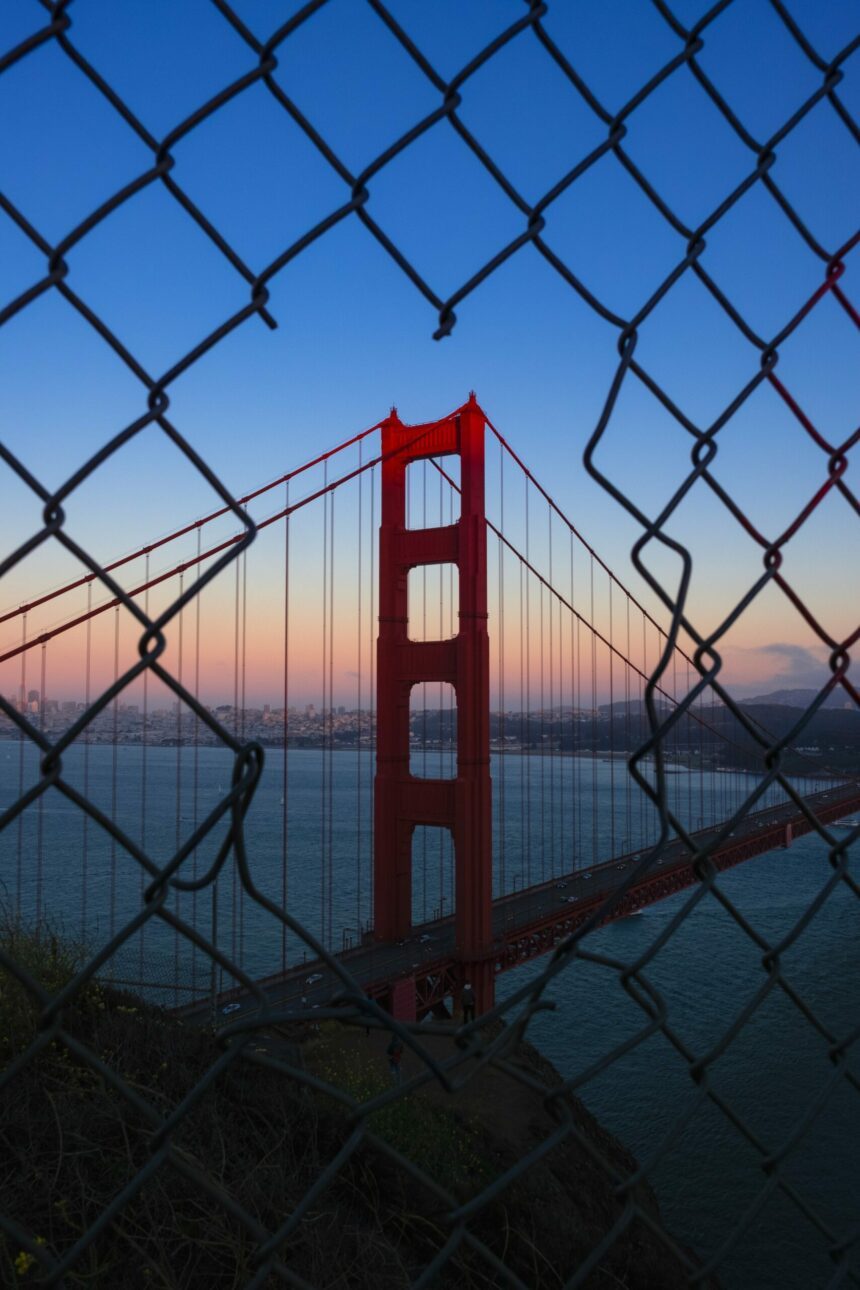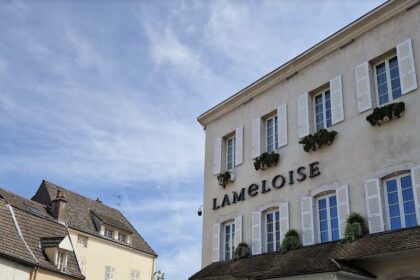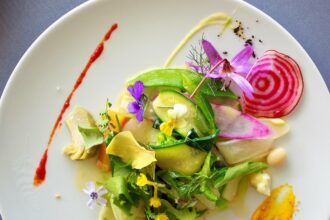As a dining destination, the Bay Area had never really interested me. The Michelin stars kept tumbling in, but I expected it to be populist “nouveau stars” (or marketing stars) like so many restaurants today profit from. Not until I read Vedat Milor’s reviews at Gastromondiale, did I ever take this locale seriously.
I can remember my best restaurant experiences for years: Every dish, special courtesies from the staff, extraordinary wines, the interior and ambiance, but there are not many destinations that can offer any such experiences. I always recommend my profoundly interested and experienced friends to travel to Paris, rural Italy and Japan for exquisite high end dining.
To start with classic haute cuisine, I insist that Paris offers the absolute best quality and even the best value for the money anywhere. Furthermore, I recommend to order À La Carte and listen to recommendations for the specific day of the visit. Nowhere else in the world can you have such sublime haute cuisine – excellent produce cooked to perfection in harmonious combinations. The staff at the best restaurants in Paris are truly masters of their game with deep knowledge of all their dishes. Consulting them will enhance the experience considerably, unlike many other places where they can answer unequivocally: “Both are good. It depends on whether you prefer fish or vegetable”. Restaurants like Ledoyen, Lasserre, Taillevent, Alain Ducasse au Meurice, Epicure, L’Espadon. La Tour d’Argent and Le Cinq also have ambiance that cannot be matched anywhere outside of Paris (Monaco use to have one, but not after the refurbishment). The ultimate dining experience though, is found at L’Ambroisie where many dishes will likely haunt your memories. The atmosphere is intimate, and at the same time beautiful and pleasant. The graciousness of the staff is overwhelming and they will intervene in your choice of dishes – the service is very personal.
I have had the pleasure of dining at almost this level at Al Sorriso, Le Calandre and Dal Pescatore, but of course in a more rustic Italian manner. In Italy you normally have to stick to menus, but it is generally allowed to make several substitutions – and the portions are not “tasting size” which I always find is a waste if the dish is excellent. Japan has the same level of refinement, but obviously remains very different from the European schools, and there I only ask for omakase.
The generosity at all these fine establishments is moving. They greet you as dear friends, they enlighten you in local details and offer you special, bespoke treats that you often were not able to articulate or foresee, unlike the assembly line “special” treats you get at restaurants with tedious tasting menus. Even though the price tag is high, especially in Paris, you often get a positive surprise with the bill. In Italy the cost even astonishes me – even with relatively low prices for menus they seldom charge for all the items you order.
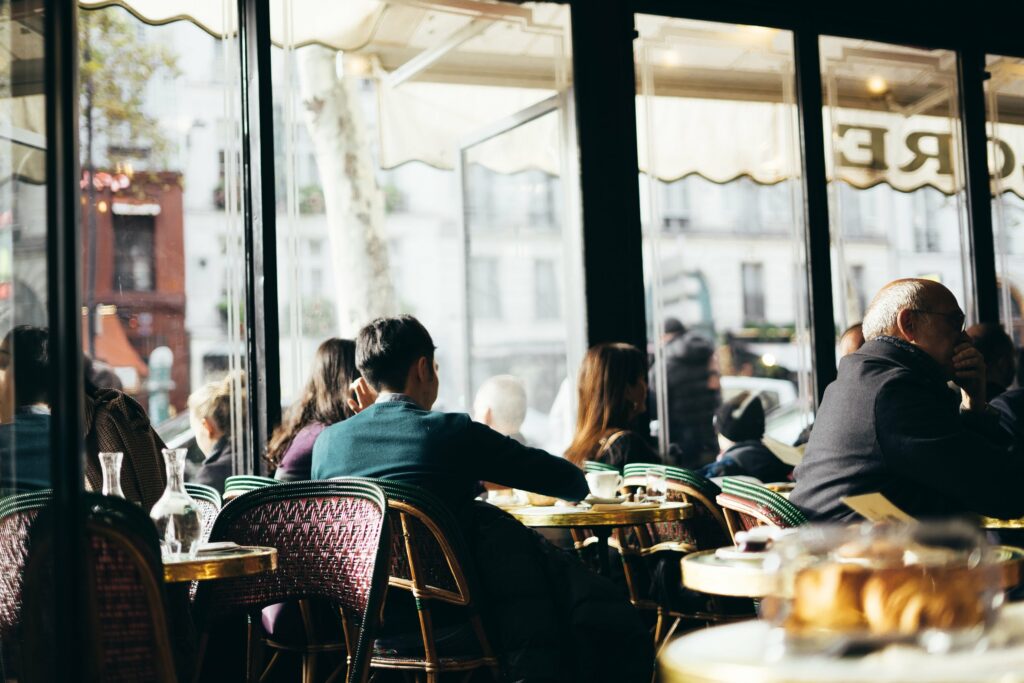
Surely there exist interesting restaurants at the highest level outside France, Italy and Japan, but they are difficult to find; simpler restaurants are a whole different story and can normally be found in every historical food culture. Personally I believe that there are some critical conditions that need to be in place for the opportunity to cultivate a restaurant scene like the one found in Paris with a great number of really excellent restaurants:
1. A considerable culinary history;
2. A an organically gastro-interested population (not merely a marginal group);
3. A sufficient number of discerning patrons with willingness and ability to pay the price for top quality – all through the whole economic cycle, not only in bull markets;
4. That the country/state/region cultivate quality wines or other beverages like saké to pair with its cuisine;
5. (But most importantly) local/regional access to top quality produce – seafood, dairy products, meat/poultry/game and vegetable/fruit.
At the risk of overgeneralizing, I would like to mention some countries that to a varying degree fulfill these criteria. Germany has some really good restaurants, if not at the absolute top level, but the generosity is not there, and every bottle of water and small customization is added to the bill – furthermore, you very seldom leave with memories that last. I personally think that this relates to the fact that there is almost no link between Germany’s bourgeois cuisine and its haute cuisine. Spain has not had its three star restaurants restaurants serving top produce during my years as an adult diner (15 years), and the most highly cherished restaurants seems to be overly concerned with show and molecular techniques using mediocre produce. However, Spain certainly has many great restaurants in the more rustic categories – creating fantastic dishes based on top quality ingredients – but it is a much more informal experience. London is not even a culinary shadow of Paris, although you can now enjoy Europe’s only great sushi at The Araki. For example, Alain Ducasse at The Dorchester is a very good restaurant, but it is nowhere near the same level as its French siblings, but in all fairness this also is reflected in the prices. New York and Hong Kong have some aspiring restaurants, but not at the level I am describing here. The most promising contender I can think of would be South Korea, but my experience is fairly limited there.
I expected the culinary scene in San Francisco to be a melting pot with some very talented chefs, but not an environment with true gastronomic excellence, rather like New York where the cocktails and burgers often impress me the most. I my opinion, fusion cuisine seldom reach the highest levels, and is certainly not very interesting. Vedat’s reviews seriously challenged my unqualified prejudgments of San Francisco’s restaurant scene. And in all fairness, only at criteria number 1 is The Bay Area really falling short, although the regime of tasting menus did dampen my expectations.
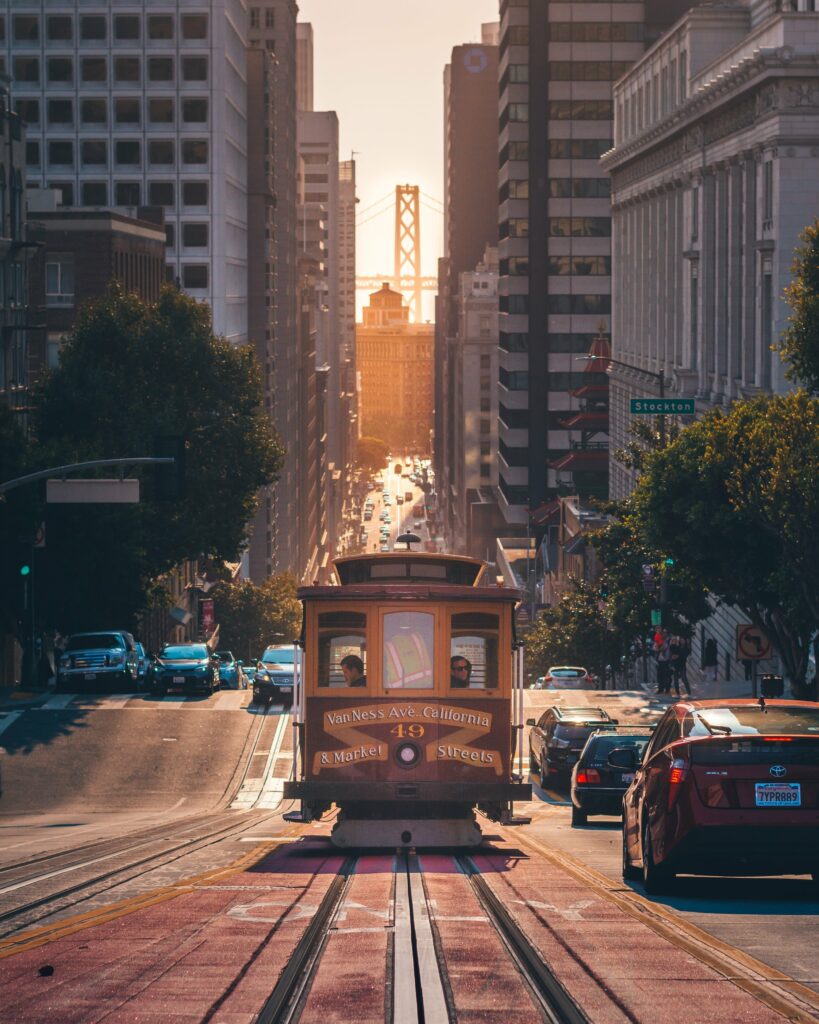
The schedule was first and foremost determined from Gastromondiale reviews, secondly pictures and the objective parts of various reviews, thereafter by the need for balance. Only in the true gastronomic capitals of the world can I really enjoy 10 or more lunches and dinners on a row from the same cuisine – and even then the style of the chef would be important to determine the order. None of the restaurants I had on the top of my list served lunch except from Chez Panisse in Berkeley. The fact that it was a good drive from our hotel and the preference for lighter cuisine at lunch made us skip it. Our lunches were primarily at ethnic restaurants within walking distance from our Nob Hill hotel. Besides these simple lunch restaurants, all restaurants offered tasting menus exclusively.
All my thoughts on the restaurants in The Bay Area are based on one visit at each restaurant. I still find reason to articulate some words on them, but please be aware of this caveat.
